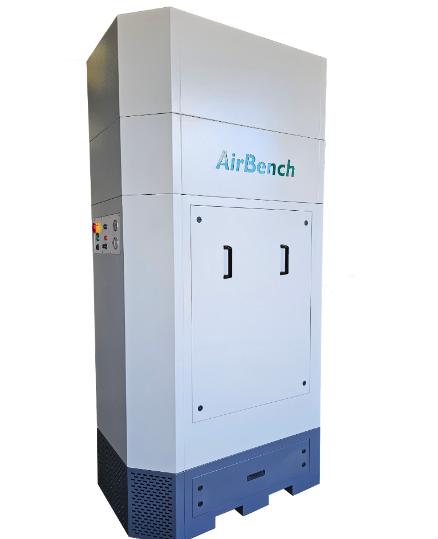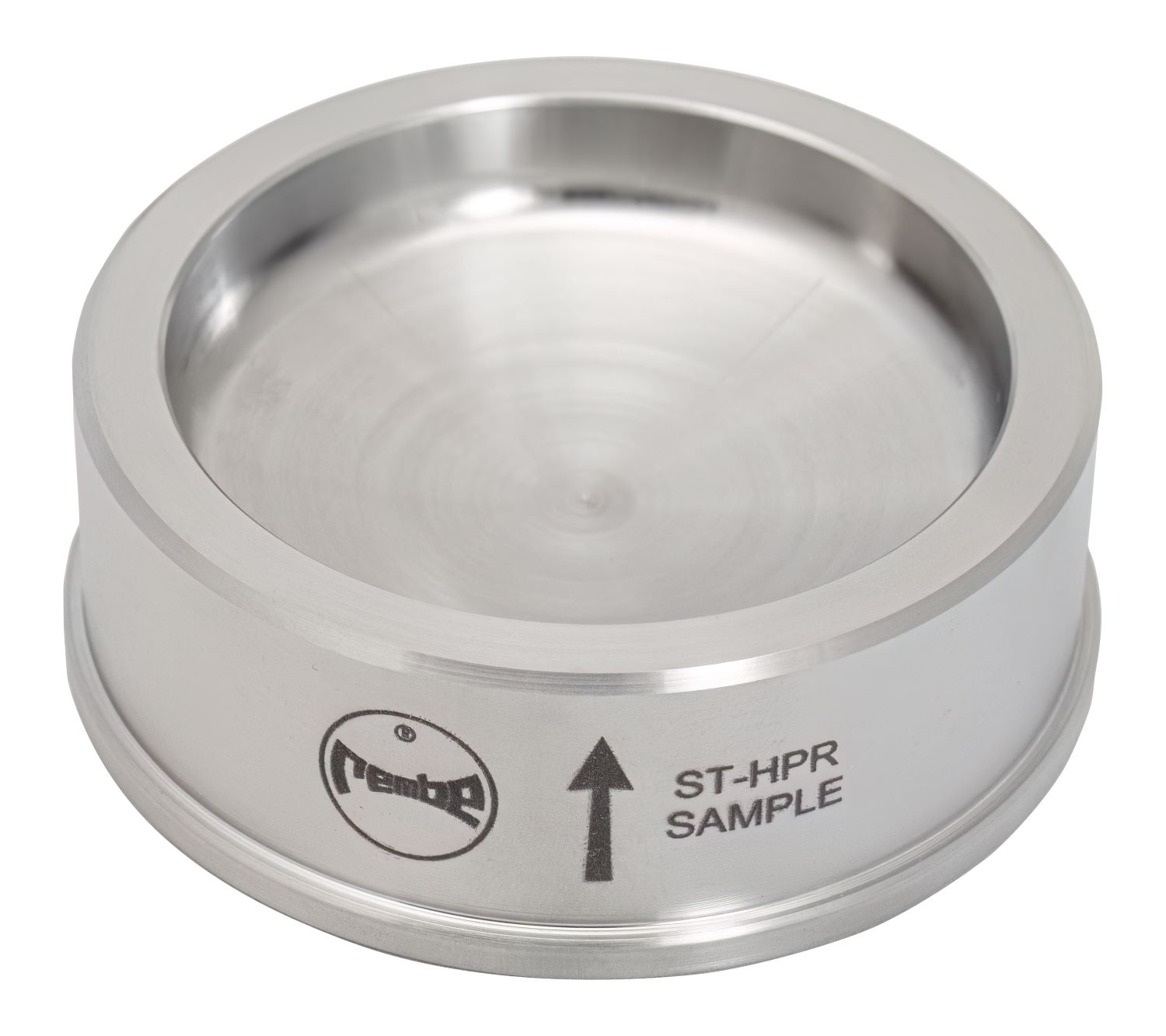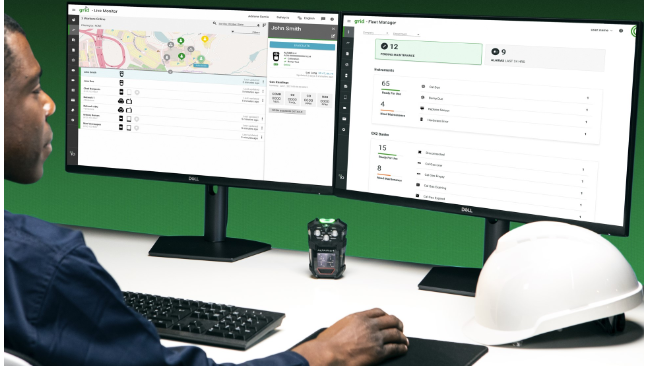Belzona proudly announces the launch of its revolutionary SF6 Leak Solution.
As the world grapples with the urgency of minimising greenhouse gas emissions, Belzona takes a proactive stance by introducing its solution to SF6 leakage. Belzona SF6-FIX can reduce leaks to undetectable levels, mitigating the environmental hazards associated with SF6 usage.
What is Sulphur Hexafluoride (SF6)?
Sulphur hexafluoride or SF6 is a synthetic gas comprised of one sulphur and six fluoride atoms. It is commonly used in medium and high voltage electrical equipment to insulate live electrical parts and to switch the flow of electrical current on and off. This same equipment, crucial for the efficient functioning of power grids, also plays a pivotal role in connecting the generation and storage of renewable energy.
Why is Stopping SF6 Leaks So Important?
Despite its utility, SF6 is incredibly detrimental to the planet. With a warming potential that is a staggering 23,500 times higher than carbon dioxide (CO2)[1], SF₆ is the most potent greenhouse gas. This means that even in minute quantities, SF6 has a disproportionately significant impact on global warming. Worryingly, the Environmental Protection Agency notes that leak detection surveys show approximately 10 percent of circuit breaker populations leak and, 85% of these leaks are releasing enough of this dangerous gas to be considered significant. Frequent leaks of such a potent greenhouse gas have become a serious contributing factor to global warming.
Commenting on Belzona's new solution for SF6 leakage, one of the main developers, Training Facilitator, Karl Rodman, said:
“By implementing this solution, the amount of harmful SF6 being released into the atmosphere will be significantly reduced. Belzona has created a necessary solution to a prolific problem in this integral industry. Belzona SF6-FIX not only addresses the environmental concerns surrounding SF6 leakage, but also contributes to the sustainable and efficient functioning of power grids”.
The Online Leak Solution in Action
This electric switch gear flange within a Power Distribution Substation was leaking 70kg of SF6 per month. In addition to being devastating for the environment, such leaks incur substantial costs, as local authorities can issue hefty fines. Leveraging a strategic combination of expertly applied specialist materials, including reinforcement sheets alongside Belzona's advanced resin and coatings, Belzona successfully stemmed the leak in just one day, without the need to degas the system.

Electric Switch Gear Flange with SF6 Leak SF6 Leakage Sealed with Belzona SF6-FIX
Six months into service, the solution was deemed successful. The leak has been reduced to an undetectable level, resulting in a monumental environmental and financial saving. This triumphant application has paved the way for the solution's expansion to other substations, offering a practical and efficient means to propel the global power distribution industry towards a more sustainable future.
[1]
Belzona SF6-FIX Leak Solution Launch
According to the Intergovernmental Panel on Climate Change’s (IPCC) HYPERLINK "https://www.ipcc.ch/assessment-report/ar5/"fifth assessment report.




















